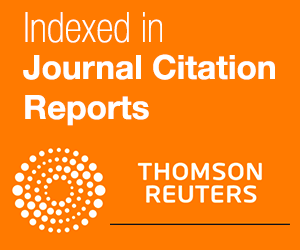EFFECTS OF EDIBLE ALOE-PECTIN COATING AND HOT-AIR DRYING ON COLOR, TEXTURE AND MICROSTRUCTURE OF DRIED MANGO SLICES
N. Haneef, A. Sohail, A. Ahmad and M. J. Asad
PMAS ARID Agriculture University Rawalpindi Pakistan
Corresponding author’s E-mail address: nabeelahanif2011@gmail.com
ABSTRACT
Mango fruit has a very short shelf life due to its climacteric nature and high moisture content. In this study, mango slices were dried to enhance its shelf life. Edible coating and osmotic dehydration were used as pretreatment followed by hot air dying as a final drying. Effects of coated and control osmotically dehydrated mango slices were investigated for shelf-life stability. Mango slices were coated by aloe-pectin solution (50% v/v aloe vera gel + 0.5w/v of pectin + 0.2w/v of calcium in distilled water) then osmotically dehydrated by immersing in 55% sucrose solution for 3 hours, and further dehydrated by hot air dryer at 65˚C. Samples were stored for 4 months and analyzed regularly after one month interval for shrinkage, rehydration, color change, texture and microstructure. At the end of storage, maximum shrinkage % of 45.18 and 42, rehydration ratio score of 1.7 and 2.87, mold and yeast count of 3.69 and 1.72 Log CFU/g was observed in control and coated samples, respectively. The results of present study revealed that during storage, coated samples maintained better microstructure, texture and color parameters as compared to control samples.
Keywords: Mango slices, Aloe-pectin, Shrinkage, Microstructure |





